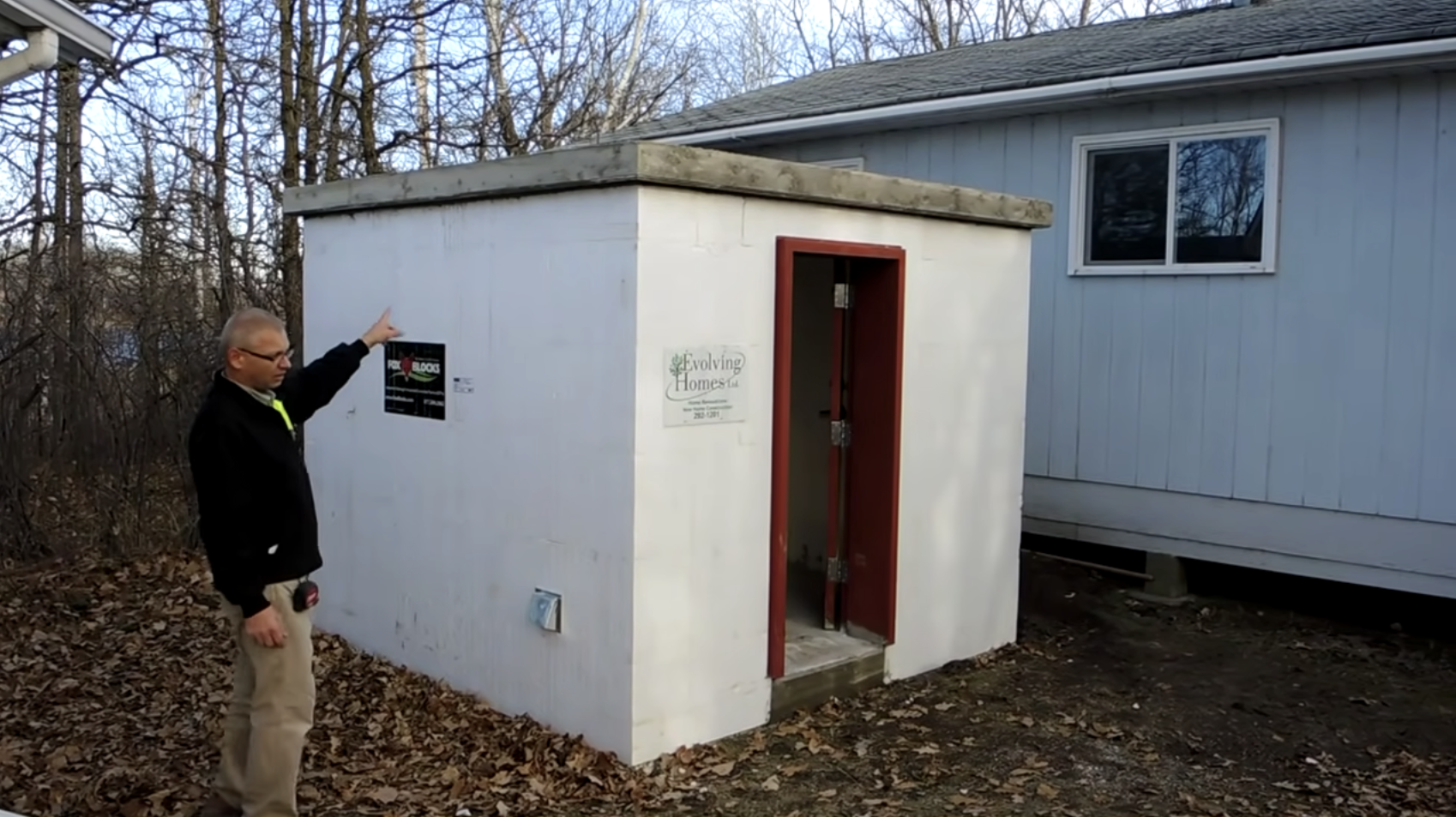
ICF Storm Shelters: Superior Protection Against Severe Weather
As extreme weather events increase in frequency and intensity, the demand for reliable storm protection has never been more urgent. Insulated Concrete Forms (ICFs) offer an advanced solution for constructing storm rooms that deliver unparalleled safety, durability, and energy efficiency.

Top Tips for Building a FEMA Approved Storm Shelters

Understanding ICC 500 Storm Shelter Requirements and the Best Materials to Utilize

ICF Tornado Safe Rooms or Shelters for Homes and Small Businesses

ICC 500 Missile Impact Testing Requirements for Storm Shelters and Safe Rooms
Fox Blocks announces that their ICF wall assembly passed the ICC 500 required Missile Impact test used to determine compliance of storm shelter and safe room design and construction from flying debris in severe high-wind weather events.

Staying Safe: Fortified Construction Protects Your Home & Family
Fortified home construction refers to using materials and techniques in combination with one another to make your home stronger and more resilient as a shelter.

Innovations in Exterior Wall Construction: What You Need to Know
For generations, the construction of exterior walls has followed traditional practices that have primarily involved wood or steel framing. These methods have been the backbone of residential and light commercial construction, by providing shelter, stability, and a certain level of insulation.
ICFs and Severe Weather
The steel reinforced concrete, which can cure stronger than normal concrete because of the foam insulation, can withstand winds of over 200 MPH, and projectile debris traveling over 100 MPH. There are dozens of eye witness examples of ICF homes taking EF5 tornadoes head on with the walls still standing.
Build to Resist Tornadoes: Storm Safe ICF Structures
Research by Texas Tech Wind Science and Engineering Research Center has demonstrated that ICF walls better protect occupants of houses from windblown debris, than frame walls. Being hit by windblown debris is the most common cause of injury during tornadoes.
What's In Your Air?
We face environmental pollution every day we step outside our door.